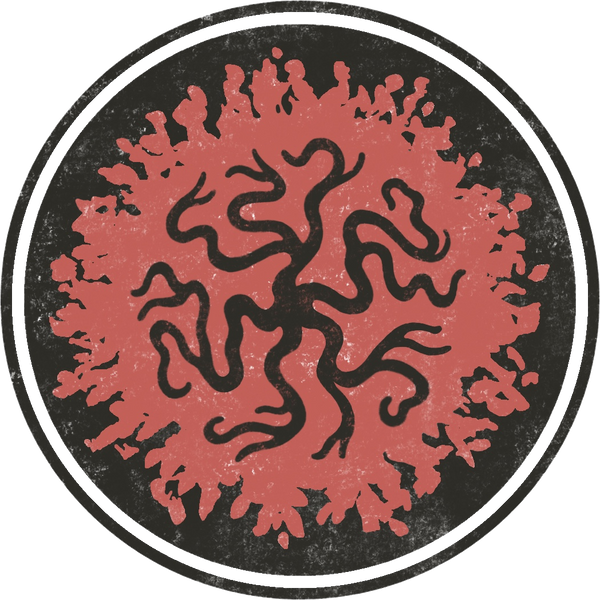Whiskey distillation is a delicate dance of science and art, where the skillful selection of distillation cuts determines the quality, character, and complexity of the final spirit. From the "heads" that carry volatile compounds to the "hearts" that embody the essence of the whiskey, and finally to the "tails" that add depth and richness, each cut represents a crucial decision in the hands of the distiller. This article explores the intricacies selecting cuts, shedding light on exceptional whiskey expressions.
-
Understanding Distillation Cuts:
- The distillation process involves separating alcohol and congeners from the fermented mash through heating and condensation.
- Distillation cuts refer to the fractions of the distillate collected at different stages of the distillation process, each containing varying concentrations of desirable and undesirable compounds.
-
The Heads:
- The "heads" represent the initial portion of the distillate containing volatile compounds such as methanol, acetone, and ethyl acetate.
- Distillers carefully discard the heads to remove harsh, pungent, and potentially harmful substances that can impart off-flavors and aromas to the whiskey.
-
The Hearts:
- The "hearts" comprise the middle portion of the distillate, containing the purest and most desirable ethanol along with flavorful congeners.
- Distillers focus on capturing the hearts with precision, as this fraction embodies the true essence of the whiskey, showcasing its character, flavor profile, and smoothness.
-
The Tails:
- The "tails" encompass the final portion of the distillate, characterized by heavier congeners such as fusel oils and fatty acids.
- Distillers often include a portion of the tails in the final distillate to add complexity, richness, and depth to the whiskey, but careful selection is required to avoid overpowering flavors or unpleasant aftertastes.
-
Artistry in Spirit Selection:
- Spirit selection is an art form that requires intuition, experience, and sensory acuity on the part of the distiller.
- Distillers rely on sensory evaluation techniques such as nosing, tasting, and dilution to assess the quality and character of distillation cuts, making real-time decisions to optimize flavor and aroma profiles.
-
Crafting Distinctive Whiskey Profiles:
- The art of distillation cuts and spirit selection allows distillers to craft distinctive whiskey profiles that reflect the unique characteristics of their distillery, ingredients, and production processes.
- By fine-tuning the balance between heads, hearts, and tails, distillers can create whiskies with a range of flavor intensities, textures, and nuances, appealing to diverse palates and preferences.
-
Continuous Improvement and Innovation:
- Distillation cuts and spirit selection are not static processes but dynamic ones that evolve over time through experimentation, observation, and refinement.
- Distillers continuously strive to improve their craft, exploring new techniques, ingredients, and equipment to push the boundaries of whiskey-making and create innovative and exceptional spirits.
Mastering whiskey distillation cuts and spirit selection is an artful endeavor that requires expertise, precision, and passion. As distillers navigate the nuanced interplay of heads, hearts, and tails, they imbue each drop of whiskey with craftsmanship and character, ensuring a memorable and meaningful drinking experience for enthusiasts around the world. With every sip, whiskey lovers can appreciate the dedication and artistry that go into crafting spirits that stand as testaments to the distiller's skill and commitment to excellence.
